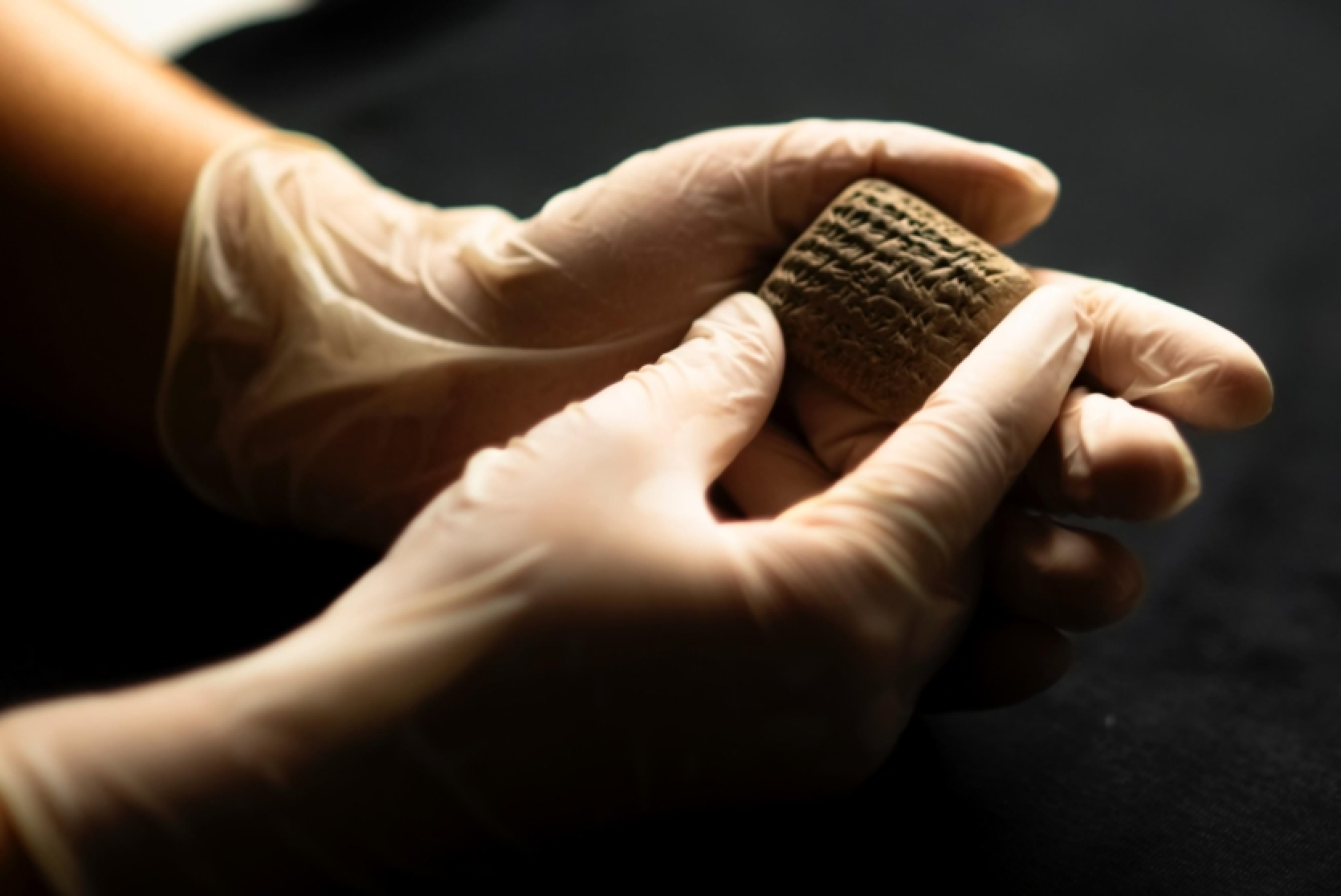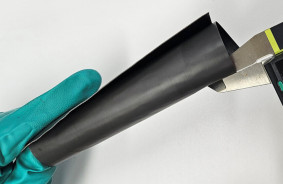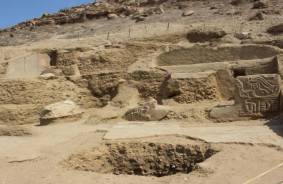The first case in history where someone has preserved a receipt for such a long time.
Archaeologists in Turkey have made a remarkable discovery—a clay tablet inscribed with cuneiform that could be one of the oldest trade receipts in the world. The document, created approximately 3,500 years ago, records the purchase of a large quantity of wooden furniture.
The tablet was found in southern Turkey, in the Hatay province, on the site of the ancient city of Alalakh (known today as Eski-Alalakh). Interestingly, archaeologists stumbled upon the artifact during restoration work following an earthquake.


Cuneiform is the earliest known writing system, invented about 5,500 years ago. It was used in Mesopotamia for three millennia. Texts were created by pressing reed styluses into wet clay. This writing system was utilized by the Babylonians, Assyrians, and Sumerians.
According to Turkey's Minister of Culture and Tourism, Mehmet Ersoy, the text on the tablet is written in Akkadian—the lingua franca of the world's earliest empire. The opening lines of the document contain details about the sale of a large quantity of chairs, tables, and stools, as well as information about the buyers and sellers.
“We believe that this 28-gram tablet will provide new insights into the economic structure and governance of the late Bronze Age,” Ersoy noted.
Interestingly, this is not the first domestic finding inscribed in Akkadian. In 2018, researchers discovered a similar clay tablet containing a complaint from a dissatisfied customer regarding the quality of purchased copper.
The decipherment of cuneiform may become easier thanks to the development of an artificial intelligence system capable of translating Akkadian and related languages with 97% accuracy. However, interpreting the content remains a challenging task for scholars.
Source: Iflscience














Comments (0)
There are no comments for now